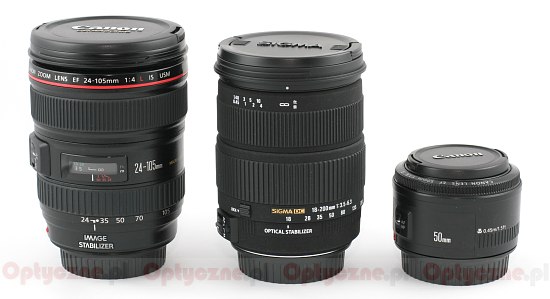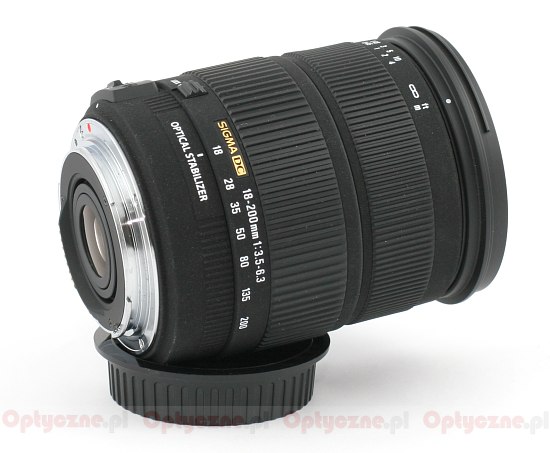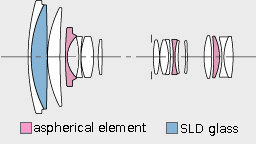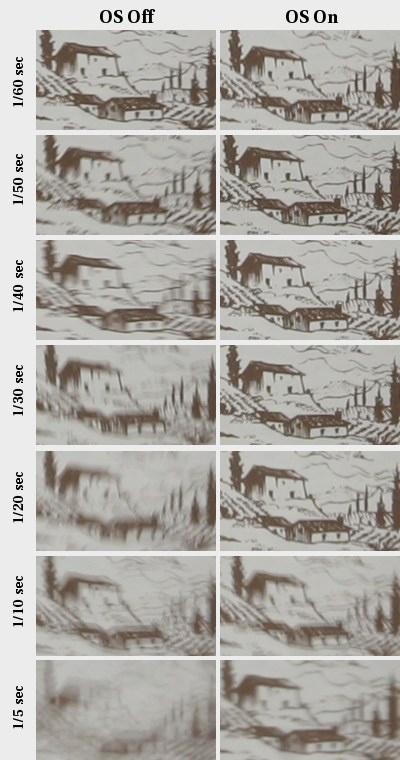Sigma 18-200 mm f/3.5-6.3 DC OS
3. Build quality and image stabilization
 |
On the barrel we find two comfortable rings: a zoom ring and a manual focus ring. The lens also features a clear distance scale and three switches, placed down on the left side: an AF/MF switch, a stabilization switch and a zoom lock switch for the 18 mm position. The latter was added perhaps just in case as the lens has no zoom creep tendency even if not locked which should be undoubtedly considered an asset.
Please Support UsIf you enjoy our reviews and articles, and you want us to continue our work please, support our website by donating through PayPal. The funds are going to be used for paying our editorial team, renting servers, and equipping our testing studio; only that way we will be able to continue providing you interesting content for free. |
- - - - - - - - - - - - - - - - - - - - - - - - - - - - - - - - - - - - - - - - - - - - - - - -
 |
Any lens with such a wide zoom range can’t be a simple construction. If you add an image stabilization system we get as many as 18 elements in 13 groups. It’s worth noticing that a 18-200 mm model without stabilization featured 15 elements in 13 groups. What’s more, one Super-Low Dispersion (SLD) glass element, and no fewer than three aspherical elements are added to ensure a perfect aberrations correction and multi-layer coatings on the elements are supposed to dampen down unwanted ghosting and flares. The inner focusing system eliminates any front element movements so you can use circular polarization or split-field filters (72 mm in diameter) or a petal-type lens hood, provided as standard. The inner 7 diaphragm blades aperture can be closed down, depending on the focal length, from f/22 to f/40. The 18-200 mm OS model differs from the EX series because it lacks a case for the lens and it comes with only a two-year-long guarantee which might be extended by another year (the EX series lenses come with a three-year-long guarantee which might be extended by two years).

Conventionally, we also conducted the stabilization test by setting the aperture at 50 mm and taking photos of a scene in the shutter priority mode, changing the exposure time from 1/80 to 1/3 of second. It’s worth adding here that Canon zooms with image stabilization had the efficiency at the level of 3.5 EV. The Nikkor 18-200 VR achieved just 3 EV in our test although the producer declared the 4 EV level efficiency. The picture below shows how the tested Sigma fared.

The result is not favourable for the Sigma – it clearly indicates that the OS system still needs some improvement. Currently, its efficiency can be put at the 2 EV level. Such a result is the same or just a bit weaker, than in the case of stabilized sensor bodies. The Sigma’s achievements still lag behind the best stabilized lenses which in our tests can reach the level of 3.5 EV.






